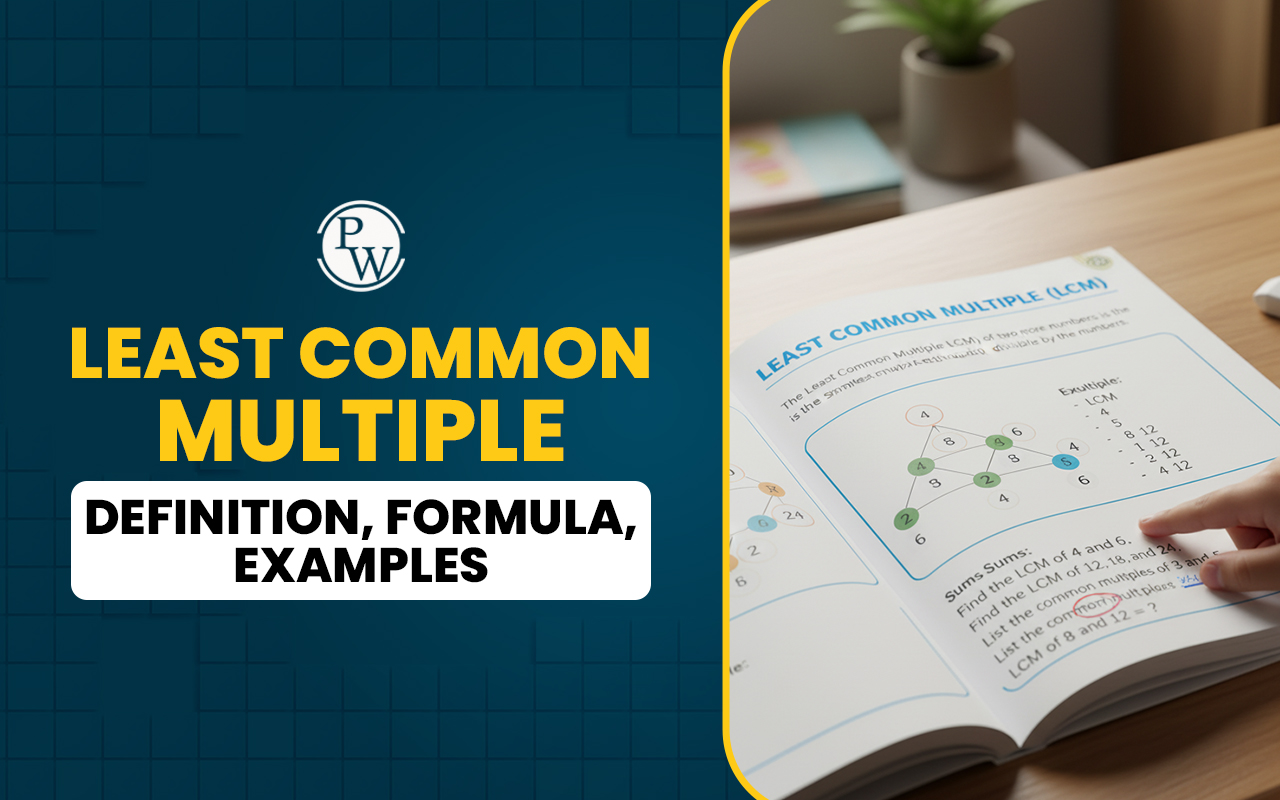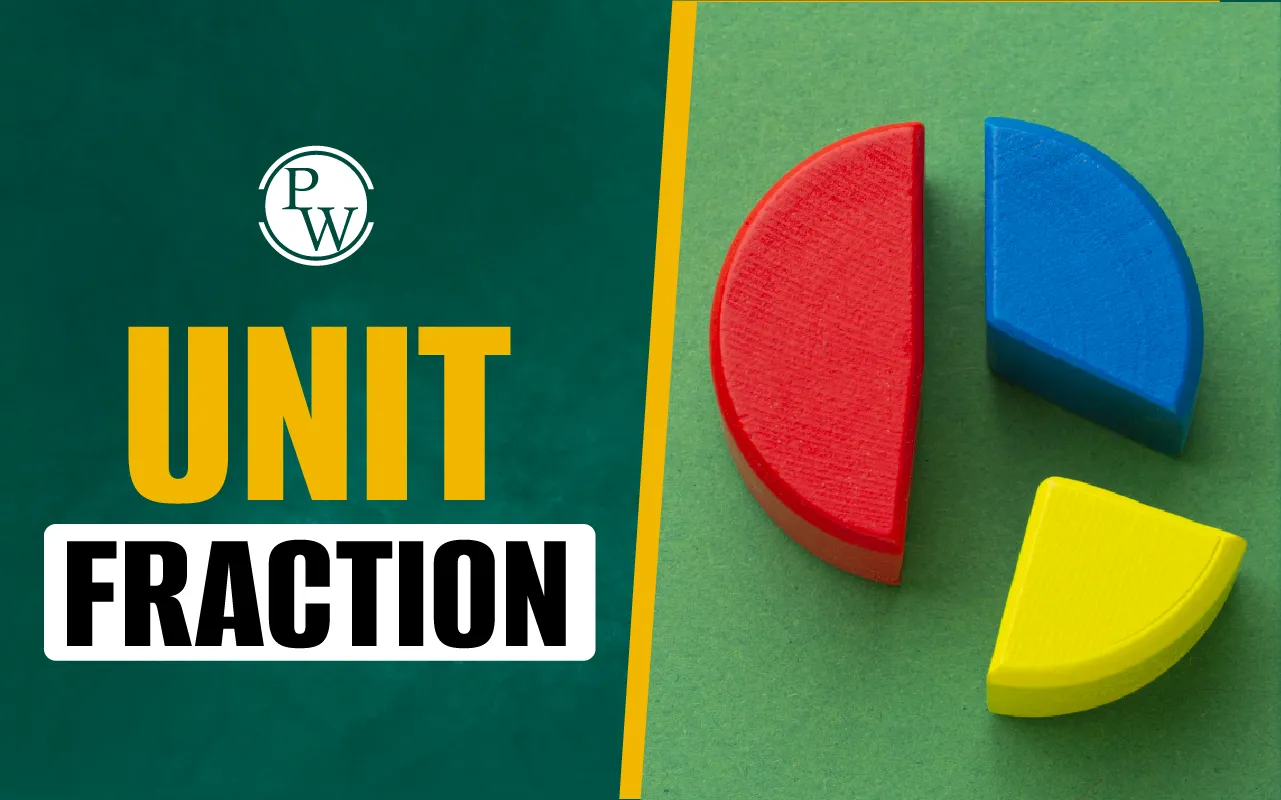
Remainder: When we divide one number by another, the division sometimes does not end perfectly, and we are left with something extra. This extra part is called the remainder. When distributing things equally among a group or calculating changes after a purchase, the concept of remainder comes into practice.
It's an important mathematical concept that helps solve division-related problems easily and accurately. We will discuss the remainder in the division here, as well as its properties and formulas to help young learners understand and apply this concept in different contexts.
Read more: Division
What is Remainder in Division?
As the name suggests, the remainder in division is what 'remains' after completing the division process. In mathematical terms, a reminder is the number that is left over in division when the dividend is not perfectly divisible by the divisor.
Let's simplify the remainder definition with an example.
If we divide 27 candies equally among 6 children, each child will get 4 candies, and 3 candies will be left after the distribution. Here, 27 is not perfectly divisible by 6, so a remainder is generated.
In this example,
-
27 is the dividend (the number being divided)
-
6 is the divisor (the number by which we divide the dividend)
-
4 is the quotient (the whole number result)
-
3 is the remainder (the remaining part after division)
Formula for Remainder
The formula for remainder can be derived from the remainder definition. We get the remainder if we multiply the quotient by the divisor and subtract the product from the dividend.
Therefore, we can write the formula for the remainder as follows:
Remainder = Dividend – (Divisor x Quotient)
We can also write the formula as below:
R = D – (d x q)
Where,
-
D = Dividend
-
d = Divisor
-
q = Quotient
-
R = Remainder
For example, if D = 52, d = 16, q = 3, then we can calculate the remainder as:
R = 52 – (16 x 3) = 4
Read More: How to Do Long Division
Properties of Remainder
The properties of remainder are useful for solving division-related problems efficiently and accurately. Look at the remainder properties as follows:
-
The remainder is always less than the divisor because otherwise, you can continue the division, meaning the process is incomplete. For example, 32÷5 gives a remainder of 2, less than 5.
-
The remainder is zero when the dividend is completely divisible by the divisor. For example, 54 is divisible by 9, so 54÷9 gives a remainder of zero.
-
The remainder in division can be greater, lesser, or equal to the quotient.
-
The remainder is always taken as a non-negative number when dividing a negative number by a positive number or vice versa.
Remainder Theorem Formula
The remainder theorem formula is related to the division of polynomial functions. It states that if a polynomial f(x) is divided by (x-a), then the remainder will be f(a).
Here,
-
f(x) represents the polynomial you are dividing.
-
x – a is the divisor, where 'a' is a constant.
-
f(a) gives the value of the polynomial f(x) when x is replaced with 'a'.
In simpler terms, if we consider x = a, and substitute this value in the polynomial f(x), we will get a value which is the remainder when f(x) is divided by (x -a).
For example,
Let, f(x) = x2 - 5x + 12 which is divisible by (x -3)
Therefore, f (3) = (3)2- 5(3) + 12 = 9 -15 + 12 = 6
So, the remainder is 6.
Read more: Division of fractions
Long Division Remainder Method
The long division remainder method is the traditional way of finding the quotient and remainder in a step-by-step way, as explained below:
Example:
Find the remainder 315÷12
-
Find the multiples of 12 nearest to 31 but less than it. Here, 12 x 2 =24 is the nearest value to 31.
-
Take the quotient digit as 2 and deduct 24 from 31.
-
The remainder in the first step is 31 -14 = 7
-
Bring down the last digit 5 beside 7, to form a new number 75.
-
Divide 75÷12 and get the second quotient digit as 6 because 6 x 12 =72
-
Deduct 72 from 75 to get: 75-72 = 3
-
The quotient is 26 and the remainder is 3
You can verify the answer using the remainder formula as follows:
Remainder = 315 – (26 x 12) = 315 – 312 = 3
Remainder Examples with Solutions
Example 1 Find the remainder when 74 is divided by 5.
Solution: The dividend 74 doesn't appear in the table of divisors. We consider the multiples of 5 and find that the number 70 is nearest to 74.
Since 70 = 5 x 14, we get the quotient as 14, and by deducting 70 from 74, we get the remainder as 4.
So, the remainder is 4 in this division process.
Example 2 If 85 chocolates are distributed equally among 20 children, how many chocolates will each get, and how many will be left?
Solution: Here, the dividend is 85 and the divisor is 20. So, by dividing 85 by 20. We get 4 as quotient (20 x 4 =80) and remainder as 5 (85 -80 = 5)
Therefore, each child will get 4 chocolates, and 5 will remain after the distribution.
Example 3 What is the minimum number to be subtracted from 108 so that it is divisible by 7?
Solution: According to the remainder formula, if we subtract the remainder from the dividend, the number will be perfectly divisible by the divisor.
108÷7 gives the quotient as 15 and the remainder as 3.
Therefore, you must subtract 3 from 108 to divide it by 7.
Also read: Division Questions for Class 4
Remainder and Fractions
Remainders are an important component in expressing mixed fractions. When we denote a fraction with a value greater than 1, we divide the numerator by the denominator to get the mixed fraction equivalent.
This mixed fraction has a whole number part and a fractional part. The whole number part indicates the quotient, the denominator of the fractional part denotes the divisor, and the numerator of the fractional part denotes the remainder.
For example,
The fraction 7/3 indicates division of 7 by 3 which gives 2 as the quotient and 1 as the remainder. So, we express 7/3 as 21/3.
The remainder is an important part of the division method and closely relates to the dividend, divisor, and quotient. Understanding the remainder formula and properties helps your child to make quick and accurate calculations and excel in school assignments.
Help Your Child Learn and Grow with CuriousJr Online Tuition
Is your child finding it difficult to stay focused, grasp new concepts, or keep up with schoolwork? CuriousJr’s online maths tuition can make all the difference. We make learning enjoyable, relatable, and easy to grasp by using visual aids, real-life examples, and clear explanations.
With our unique two-teacher model, every student gets personal attention, real-time doubt resolution, and the guidance they need to feel confident in math. Our program also offers:
-
Homework support during class and extra help after through online assistance.
-
Simplified learning methods that make even complex topics easy to understand.
-
Regular practice and assessments to build strong problem-solving skills.
By combining focused teaching with ongoing support, we help children approach even challenging math problems with confidence. At CuriousJr, our goal is to create an interactive and encouraging environment where your child not only improves academically but also develops a genuine interest in learning.
Book a demo class today and give your child the right support to excel in school and beyond.
Remainder FAQs
Can the remainder and the quotient be the same?
Does an even divisor and odd dividend always produce a remainder?
Does 297 divided by 3 generate any remainder?
Can we find the dividend if the divisor, Quotient, and remainder are given?










